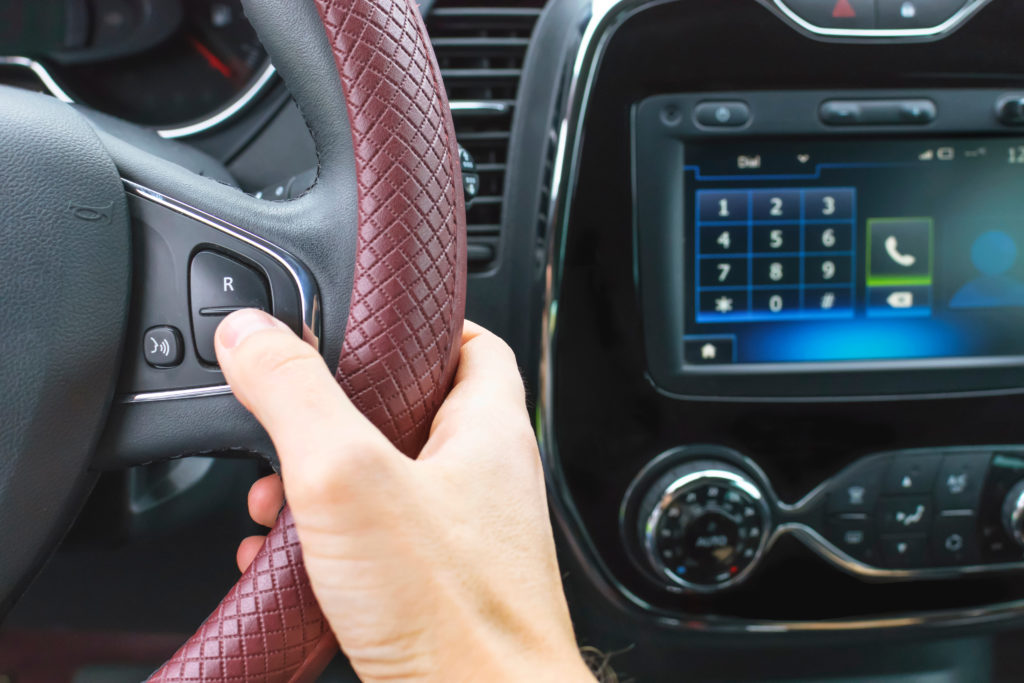The RAC’s Be Phone Smart campaign reported that drivers using phones caused 2263 crashes between 2013 and 2017. However, most such campaigns focus on hand-held mobile phone use rather than hands-free. Research carried out by Dr Graham J. Hole (University of Sussex) with Dr Gemma F. Briggs and Dr Jim A. J. Turner (Open University) reveals overwhelming evidence that – contrary to popular assumption – driving while having a phone conversation using hands-free technology is no safer than using a hand-held phone.

Over 80% of studies into phone use have now shown significant performance degradation, with hands-free phone use causing the same dangerously high levels of distraction as hand-held phone use. Drawing from their own research, as well as numerous studies by other academics and public bodies, this policy brief debunks some common misconceptions around the safety of hands-free phone use, and examines some potential solutions for tackling the problem.
The study’s findings include:
- The risk of crashing is increased four-fold when drivers engage in a hands-free phone conversation – as high as when using a hand-held phone
- Conversations cause the driver to visually imagine what they’re talking about. This can interfere with driving performance, as the two tasks compete for similar processing resources
- Driving behaviour is impaired more during a phone conversation than by having a blood alcohol level at the UK legal limit
Arguing that laws need to be updated to address this issue, the researchers also advocate the use of new technologies (with the potential to detect hands-free phone use at the wheel) and increased public awareness (via educational campaigns and courses), all of which would send a clear message to drivers around the risks of hands-free phone use while driving.
Read the policy brief: ‘Think talking on your hands-free while driving is safe? Think again’ [PDF 295 KB]
This policy brief draws on numerous studies by other academics and public bodies. Full details of all references and sources can be found in this expanded research digest document.


Leave a Reply